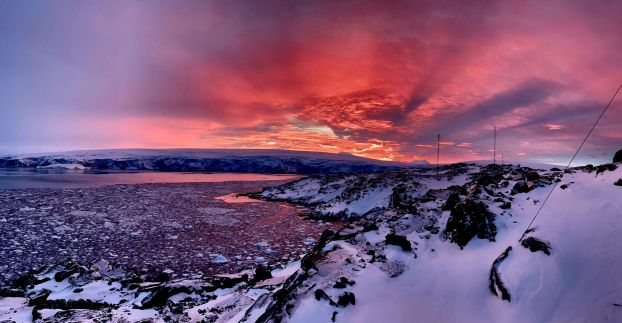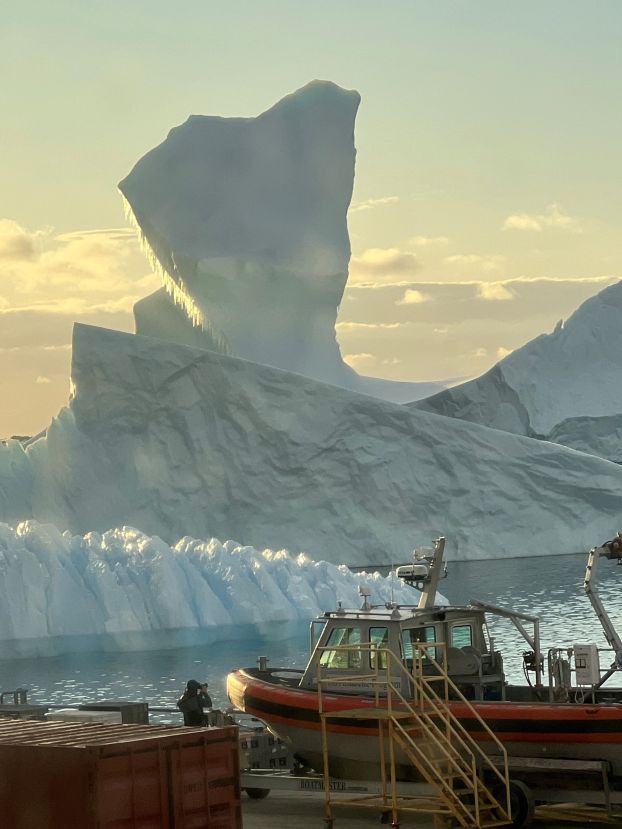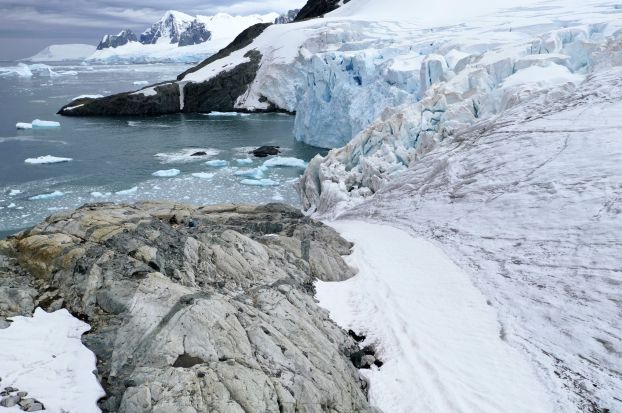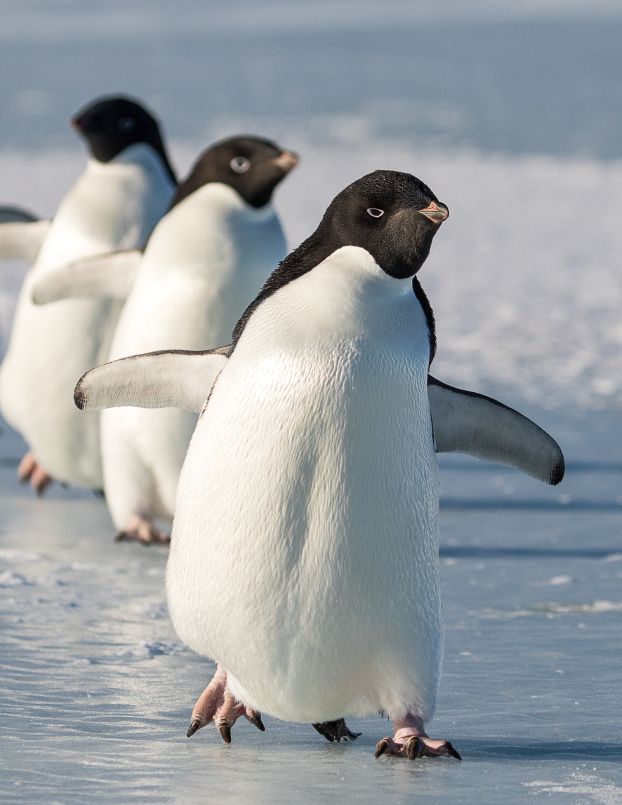Explore educational resources for K–12 classrooms focused on explorations of the Arctic and Antarctic, including lesson plans and activities, videos and images.
 On this page
On this page
Lessons and activities
Online activities
Arctic Plant Phenology Learning Through Engaged Science
For educators (grades 8–12)
Learn about the study of phenology — the seasonal dynamics of plants and animals — in the Arctic to understand the ecological impacts of climate change. This page includes classroom activities and information from long-term projects.
PolarTREC Learning Resources
For educators, students
These resources are a collection of scientific and educational materials compiled by the Arctic Research Consortium of the United States (ARCUS). They are for anyone interested in teaching or learning more about the science of the Arctic and Antarctica.
Penguin Science
For educators (grades K–8)
Explore fun and educational activities that help students learn about Adélie penguin life, history and their response to climate change. Students can check the nests of penguins as they raise their chicks (October to January), receive a postcard from Antarctica or send in a flag to fly.
Printables
A Kids Guide to Antarctica
For educators, students
This fact sheet for kids provides some fascinating information about Antarctica.
Antarctica by the Numbers
For educators, students
Learn important facts about Antarctica with this infographic.
The Greenland Ice Sheet
For educators, students
Use this printable poster to learn about the Greenland Ice Sheet and Summit Station, the only high-latitude, high-altitude, year-round observing station in the Arctic.
History of the South Pole Stations
For educators, students
Learn about the four NSF U.S. Antarctic Program (USAP) South Pole stations that have been erected at the bottom of the Earth.
Misfit Penguins of Antarctica bookmarks
For educators, students
These fun misfit Adélie penguins may look a bit different than their standard-colored friends, but the good news is that they are just as successful finding a mate.
Color Changing Animals of the Arctic bookmarks
For educators, students
Learn about unique Arctic animals that change their coloring in the summer and winter to better match their surroundings.
Arctic and Antarctic coloring sheets
For educators (grades K–5)
Download the latest polar coloring sheets.
- Arctic coloring sheets (musk ox, Inuit kayak, seaplane)
- Antarctic coloring sheets (researcher in the field, NSF South Pole Station, ceremonial South Pole)
Telescopes of the South Pole
For educators, students
Explore the timeline of the telescopes at the Soth Pole. Astronomers have used these telescopes over the years to peer deep into space and back in time.
Antarctic Animals Trading Cards and Arctic Animals Trading Cards
For educators (grades K–5)
This set of 12 Antarctic and 12 Arctic animal trading cards can be easily printed and assembled. The cards feature illustrations and interesting facts about well-known and not-so-well-known Antarctic and Arctic creatures.
Videos
U.S. Antarctic Program (USAP) Research Stations 360 Video
Experience Antarctica like never before in the first 360 video filmed at all three USAP research stations.
Under the Ice of Antarctica
In this short documentary, explore life under the ice and experience life in Antarctica through the eyes of a team of scientists and scuba divers.
At the Bottom of the World
Take a tour of the NSF Amundsen-Scott South Pole Station and learn about the one-of-a-kind projects that occur in this unique location.
On ice with Mara
In this short video, meet Mara Menehan, a science technician working on the Greenland Ice Sheet at Summit Station, the only high-altitude, high-latitude, inland, year‐round observing station in the Arctic.
USAP livestreams:
Images

Credit: Randall Rhodes/USAP

Credit: Ann Wunderlin

Credit: Photo by Aaron Toh, Courtesy of Amy Osborne (PolarTREC 2019), Courtesy of ARCUS

Credit: Derek J. Ford, University of Hawaii at Manoa, Dept. of Geography & Environment

Credit: Annie Schmidt

